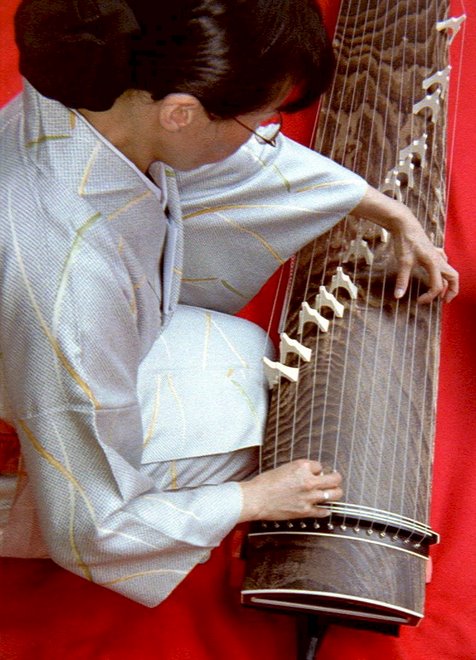L'Orient est rouge (chinois : 东方红, pinyin : Dōngfāng Hóng) est à l'origine un chant qui fut de facto l'hymne de la République populaire de Chine durant la Grande révolution culturelle prolétarienne. Les paroles en furent attribuées à Li Youyuan, paysan du nord du Shaanxi. L'air provient d'une chanson traditionnelle locale. L'inspiration lui serait venue après avoir vu le soleil se lever au matin d'un jour ensoleillé.
Des haut-parleurs diffusaient le chant de l'aube au crépuscule dans chaque ville et village. Un spectacle télévisé commençait habituellement par L'Orient est rouge et finissait par L'Internationale. Les étudiants devaient le chanter ensemble au début du premier cours de chaque journée. À cette époque, Tian Han, auteur de l'hymne officiel La Marche des Volontaires, était emprisonné si bien que le chant n'était pas utilisé.
L'Orient est rouge est également le titre d'une comédie musicale mise en scène au début des années 1960 et faisant l'apologie du communisme, et en particulier du maoïsme. La version cinématographique en est réalisée en 1965. La comédie musicale évoque l'histoire du Parti communiste chinois sous la direction de Mao Zedong (source : Wikipédia).
"The East Is Red", was premiered in 1964 on high artistic standards. It had a great influence on the people.
The dance epic was created on the initiative of Premier Zhou Enlai. Employing the art forms of song, dance and poetry, it depicted the arduous struggle of the Chinese people to achieve victory from past hardships. The team of directors and choreographers was led by Chen Yading and Zhou Weizhi. Both of them were artists and administrators in art and literature circles. There were 29 choreographers led by Zha Lie involved in this work and rehearsals for the dance epic lasted for months. The premiere of the work and the following performances were all held at the Great Hall of the People.
"The East Is Red" featured a close-knit structure, powerful presentation, exquisite designs and superb artists. In addition to large amounts of new work, the dance epic also included many excellent songs and dances, which were created after the founding of the People's Republic of China and were popular among the people. These selections were arranged into the whole work appropriately. Nearly all of China's best-known singers, dancers and musicians at that time participated in the show --a total of 3,000 performers, including some art troupes from outside Beijing.
"The East Is Red" described the Chinese people's revolutionary history. The performance also served as a review of China's development in song and dance, as well as a review of the achievements of artists after the founding of the PRC. It became the most significant art performance since 1949. In 1965, "The East Is Red" was adapted into an art film and received accolades from both home and abroad. Even today, three decades after the premiere of the film "The East Is Red", whenever it is staged, it receives a warm welcome from the Chinese people.
samedi 12 septembre 2009
371. L'Orient est rouge, comédie musicale révolutionnaire chinoise
Publié par
Nobuko Matsumiya
à
samedi, septembre 12, 2009
![]()
![]()
Inscription à :
Publier les commentaires (Atom)









Aucun commentaire:
Enregistrer un commentaire